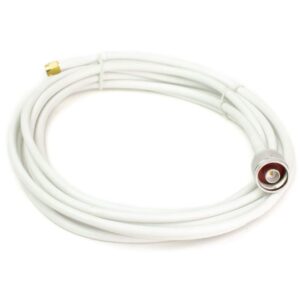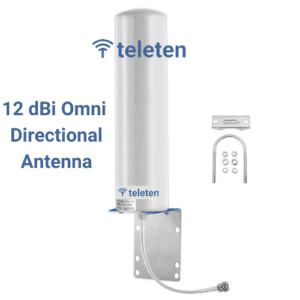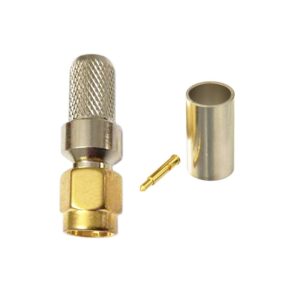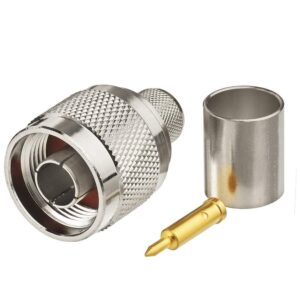Advantages:
Secure Mechanical Mounting: The four mounting holes provide a stable and secure method to attach the connector to a panel or chassis, which is useful in applications where the connector needs to be firmly fixed to prevent movement or damage.
Reliable Electrical Connection: Soldering provides a strong and stable electrical connection, which is crucial for maintaining signal integrity, especially in high-frequency RF applications.
Applications:
Panel Mounting: Ideal for applications where the connector needs to be mounted on a panel, chassis, or other types of enclosures.
RF and Video Systems: Commonly used in systems requiring BNC connections, such as RF communication systems, video equipment, and test equipment.
Installation Process:
Preparation: Strip the insulation from the end of the coaxial cable. Prepare the center conductor and shield for soldering.
Insertion: Insert the stripped end of the cable into the connector, aligning the center conductor and shield with the appropriate pins in the connector.
Soldering: Use a soldering iron and solder to attach the center conductor and shield to the connector. Ensure that the solder joints are solid and free of cold solder joints or bridges.
Mounting: Secure the connector to the panel or chassis using the four mounting holes. This usually involves inserting screws or fasteners through the holes and tightening them to ensure a secure attachment.
Considerations:
Skill Required: Soldering requires precision and skill. Make sure to use proper soldering techniques to avoid poor connections or damage to the connector and cable.
Tools Needed: You’ll need a soldering iron, solder, and potentially other tools like a screwdriver for mounting.







